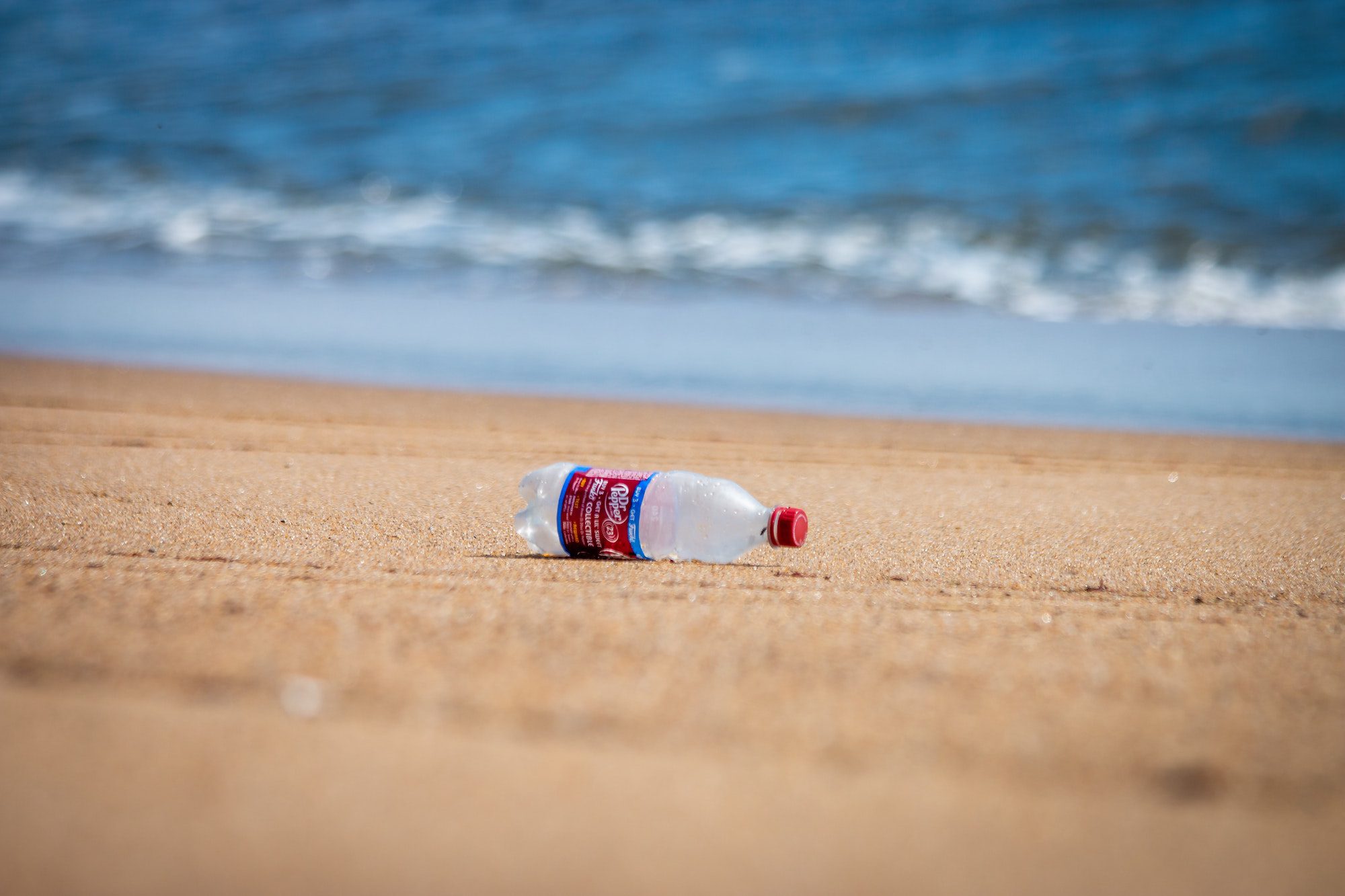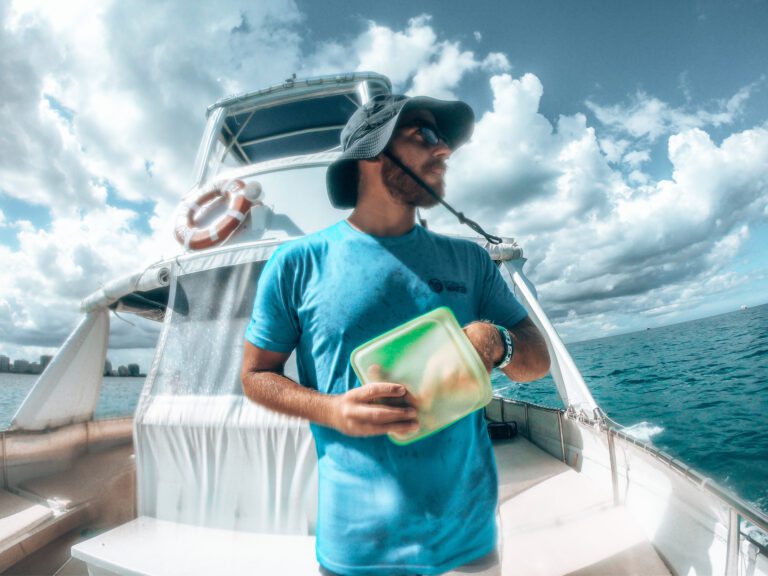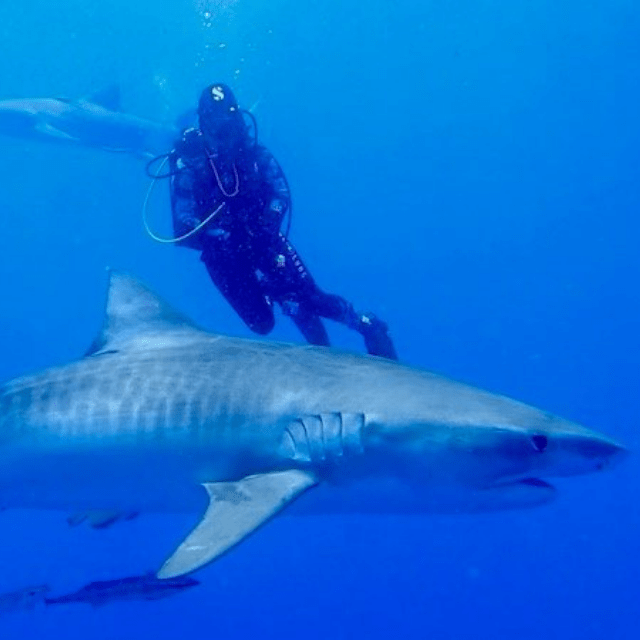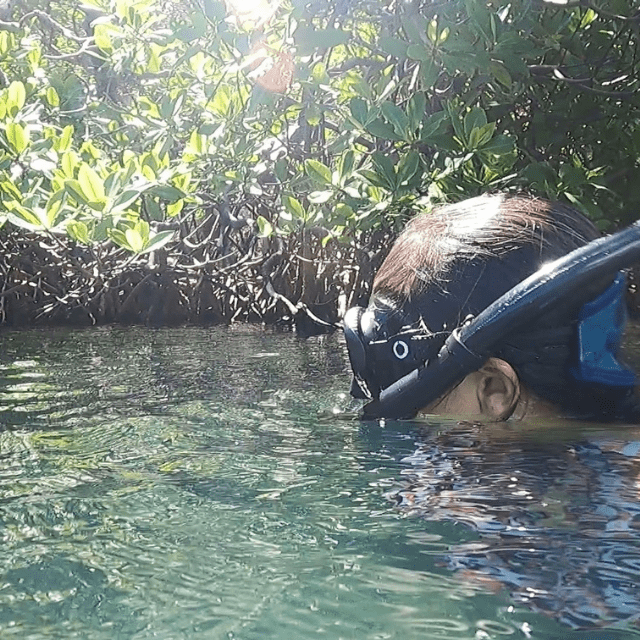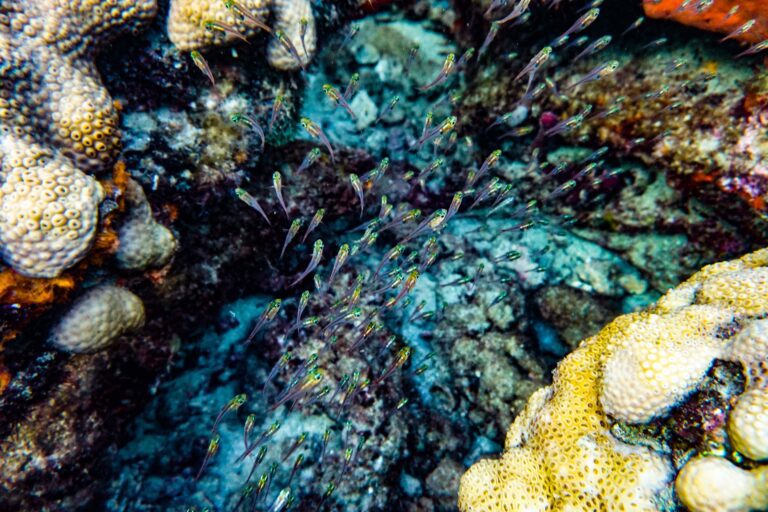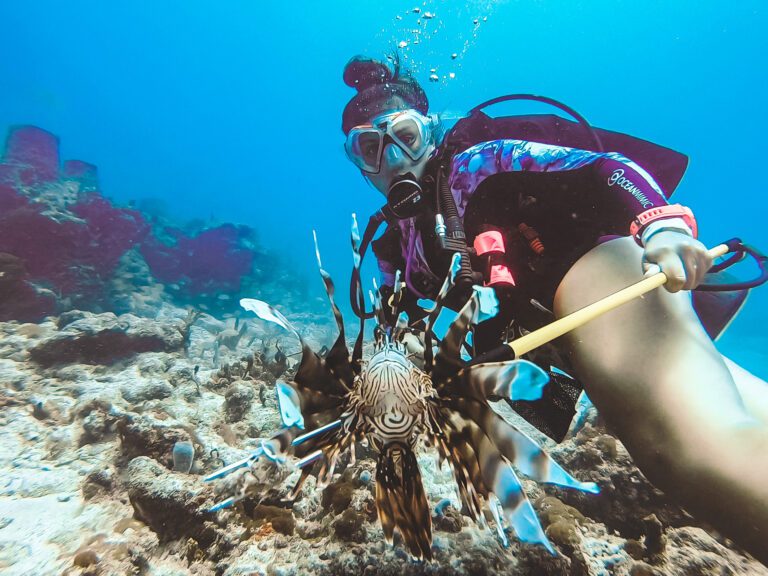5 Nonprofits Preventing Plastic Pollution in the Ocean
Plastic pollution is infesting our oceans at an alarming rate. Thankfully, these nonprofits are taking an active role to help stop the pollution.
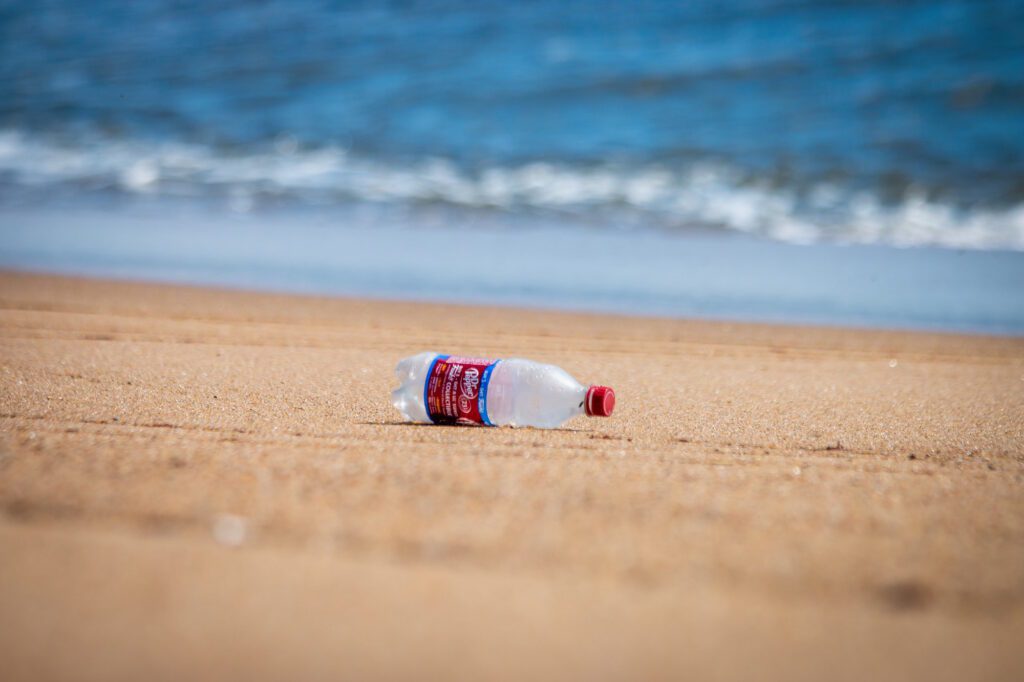
We’re tackling plastic pollution in our oceans and we want your help! Below, we discuss:
- The severity of plastic pollution in the ocean.
- How we stop plastic pollution.
- Where most plastic originates from in the ocean.
- 5 nonprofits who are actively solving the plastic crisis.
- How you can make a difference.
Just how bad is plastic pollution in the ocean?
Shockingly, The Ocean Conservancy estimates that each year, “8 million metric tons of plastics enter our ocean on top of the estimated 150 million metric tons that currently circulate our marine environments.”
In other words, imagine a dump truck unloading a full load of plastic directly into the ocean every minute of every day of the year.
Yikes.
The predictable result? Marine life ingesting and entangling in plastic pollution; habitat destruction; and the disruption of natural animal behavior due to plastic barriers.
I think we can all agree, plastic pollution is a huge problem.
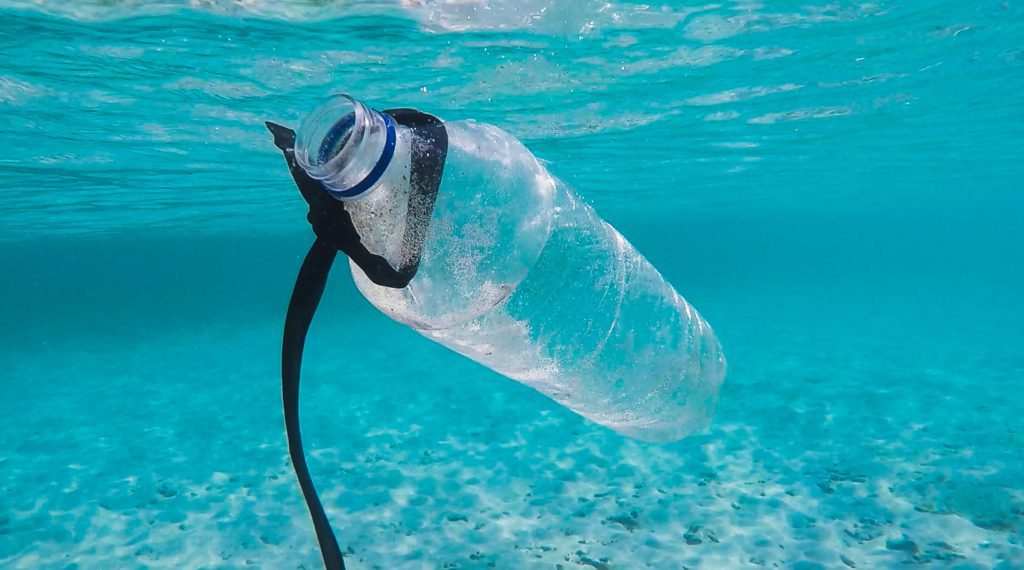
How do we stop plastic from entering our oceans?
If your bathroom is flooding because the sink is pouring out water, you don’t start mopping up the water, you turn off the faucet”
Nancy Wallace, director of the marine debris program at the National Oceanic and Atmospheric Administration via NBC News
This analogy is commonly used by marine biologists in reference to plastic pollution. And they have a point. Why focus on cleaning up if the problem isn’t fixed from the source?
She continues, “That’s a great way to look at it. We can’t just keep pouring more and more in and hope that we can mop it up. We have to turn that faucet off.” (quote pulled from an article published in 2017 by Shannon Hall for NBC News)
Okay. So we need to stop the plastic from entering in the first place. But how do we do that?
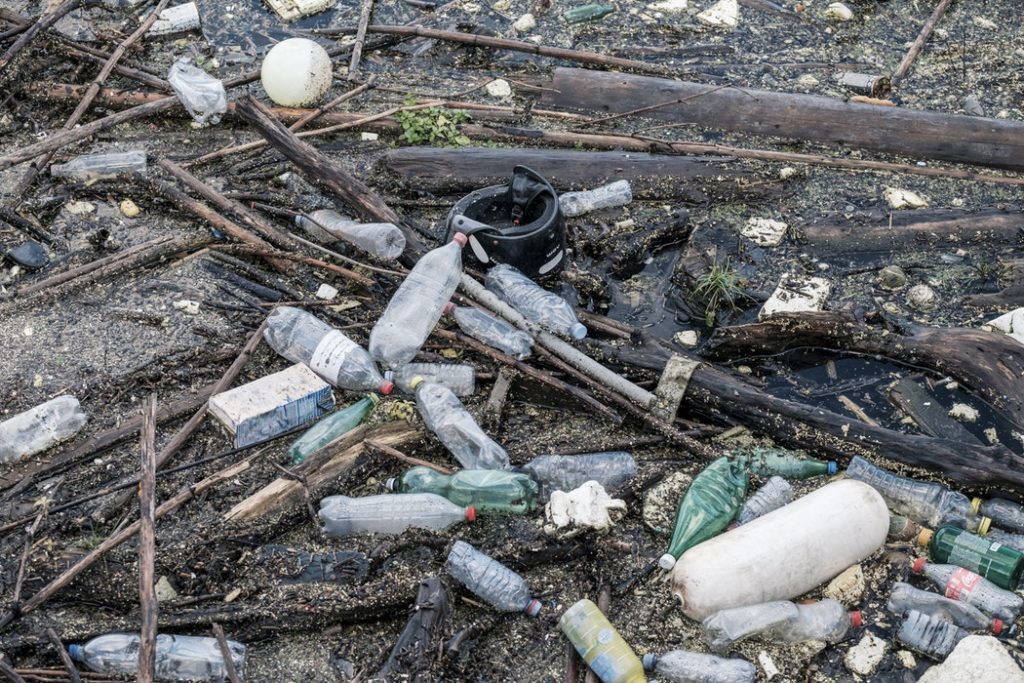
Where is the plastic coming from? Where do we turn the faucet off?
Believe it or not, most ocean plastic actually comes from rivers. Particularly, rivers which have a large urban area residing on it. The biggest offender? Asia. And it’s not even close.
Just see for yourself via OurWorldInData.org:
Now before we cast any stones, this isn’t necessarily the result of careless individuals. After all, who wants to live in filth? A more plausible reason is the lack of essential infrastructure within these communities – a likely issue with resource availability or a corrupt/inept government.
The inevitable result? Unfortunately, many of these communities use their rivers as a waste bin. Sending trash, plastic and pollution from hundreds of miles inland directly into our oceans.
So how can we help?
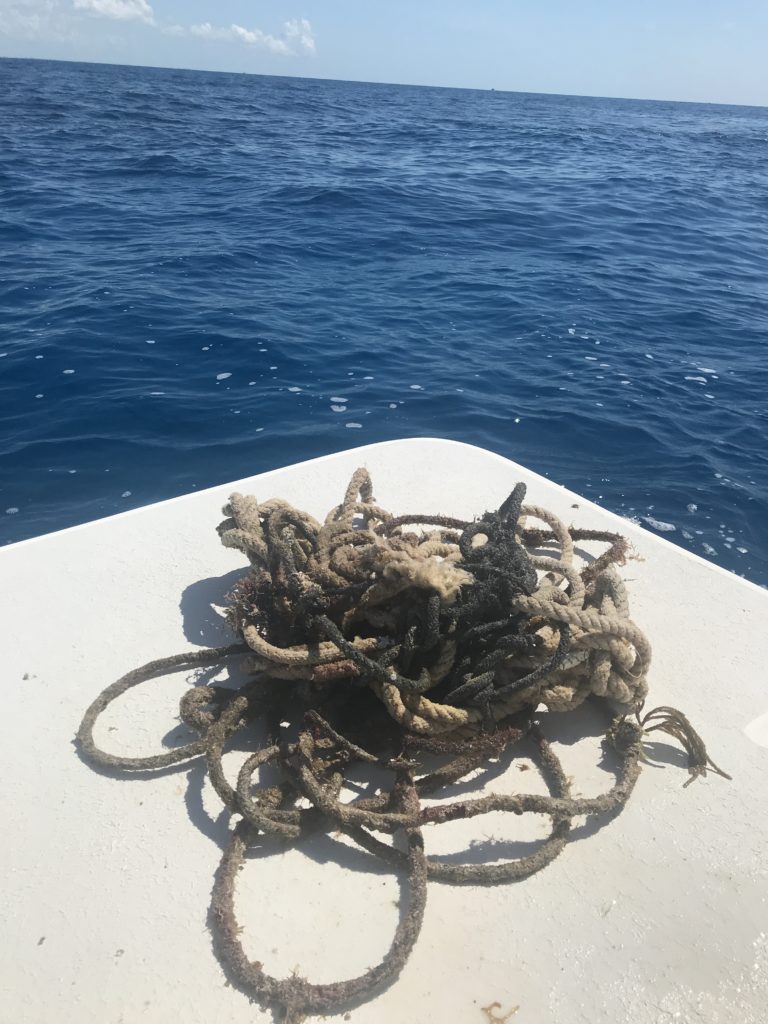
Companies working to develop infrastructure in communities
In reality, most of us may never step foot in Asia, let alone in these communities. Additionally, even if you did, it’s impossible to visit all of them! So how can we make a difference?
By supporting organizations that do this exact type of work!
In fact, it may be the most important thing we could do. Sure, you can reduce your own plastic use, but that won’t solve the problem globally. However, scaling up might.
Thankfully, such organizations exist. Organizations striving to integrate essential infrastructure in some of these communities. Here are a few of our favorites:
1. WildAid
WildAid’s Marine Program for ocean conservation is based in community development to protect marine environments.
With a focus on establishing MPAs (Marine Protected Areas; essentially, an underwater national park), WildAid seeks marine protection, and plastic reduction, through community-based involvement.

2. Positive Change for Marine Life
The Australian-based nonprofit is engaging communities in the development of waste management, amongst other projects.
From local river clean-ups, establishing education centers, and involving the communities they serve, Positive Change for Marine Life is a beacon of hope for ocean conservation and the reduction of plastic pollution.
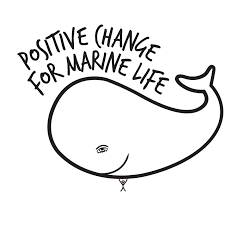
3. Conservation International
The global juggernaut in ocean conservation is the leading influence in solutions to plastic pollution. Their list of priorities involves all stakeholders: governments, community leaders, and the 3 billion people dependent on the ocean for food.
No man or woman is left behind in their proposed solutions for ocean conservation and plastic reduction!
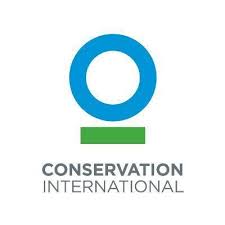
4. The Ocean Cleanup
Although focused on cleaning the existing plastic in the ocean, the Dutch nonprofit also dabbles into technological development to stop the plastic from ever entering the ocean in the first place.
Recently, the Ocean Cleanup unveiled its latest piece of technology: the Interceptor. Hopefully, the Interceptor will collect plastic pollution before it departs from rivers!
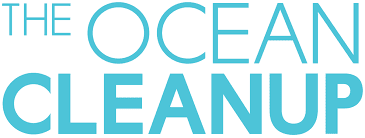
5. The Ocean Conservancy
Another big name in ocean conservation; the Ocean Conservancy hosts international coastal cleanups while educating communities on plastic use.
Their program, Trash Free Seas, is filled with useful tips and tricks to help people make responsible choices for our oceans!
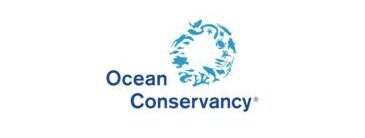
How You Can Help Reduce Plastic in the Ocean
In addition to supporting the nonprofits above, there’s always something we can be doing within our own lives.
As always, a certain level of personal responsibility goes a long way! Making sustainable choices and using alternatives to single-use plastic can make bigger differences than you think!
After all, having your own house in order before you try to change the world is a lesson we should all live by. Because if you can’t even clean your room, how are you able to clean the ocean? Just some food for thought.
Enjoy this Post? Pin it!
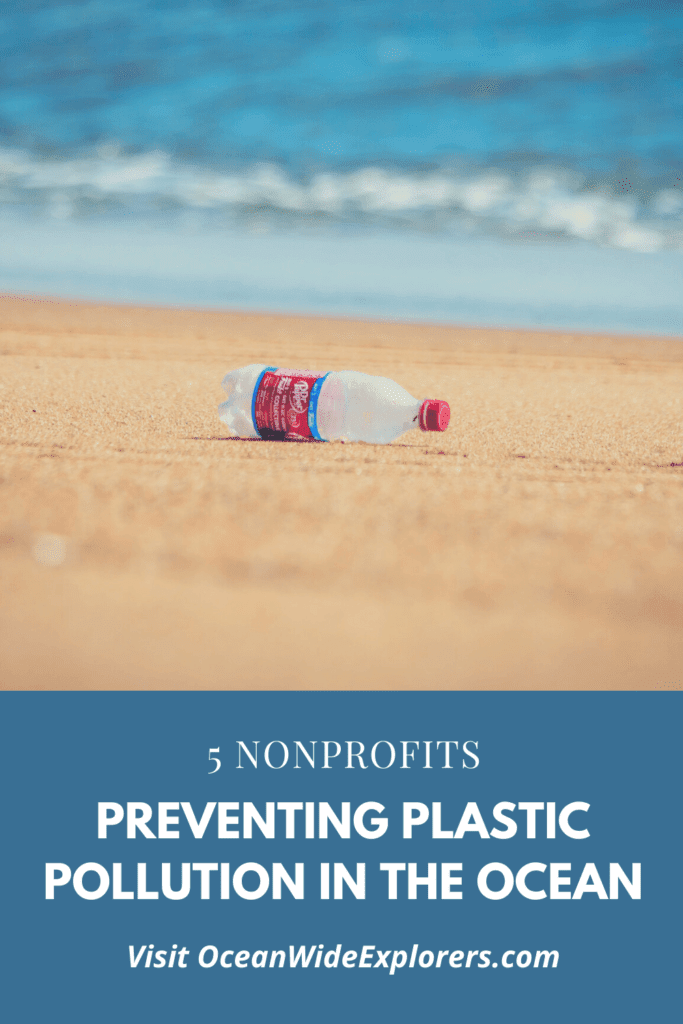
Read More About Our Oceans
We hope you enjoyed our post discussing nonprofits that are solving the ocean plastic crisis. Hopefully you’ll find it useful on your next adventure! Here are a few more ocean-loving articles we think you should read next:
- 10 Eco-friendly Alternatives to Single-Use Plastic
- 14 Ways to be Eco-friendly at the Beach
- 6 Easy Ways to Reduce Plastic Use That Save You Money
- The Florida Reef Tract – A Guide for Divers
What other companies and nonprofits tackle plastic pollution at its source? Leave a comment below! We’d love to hear from you!

